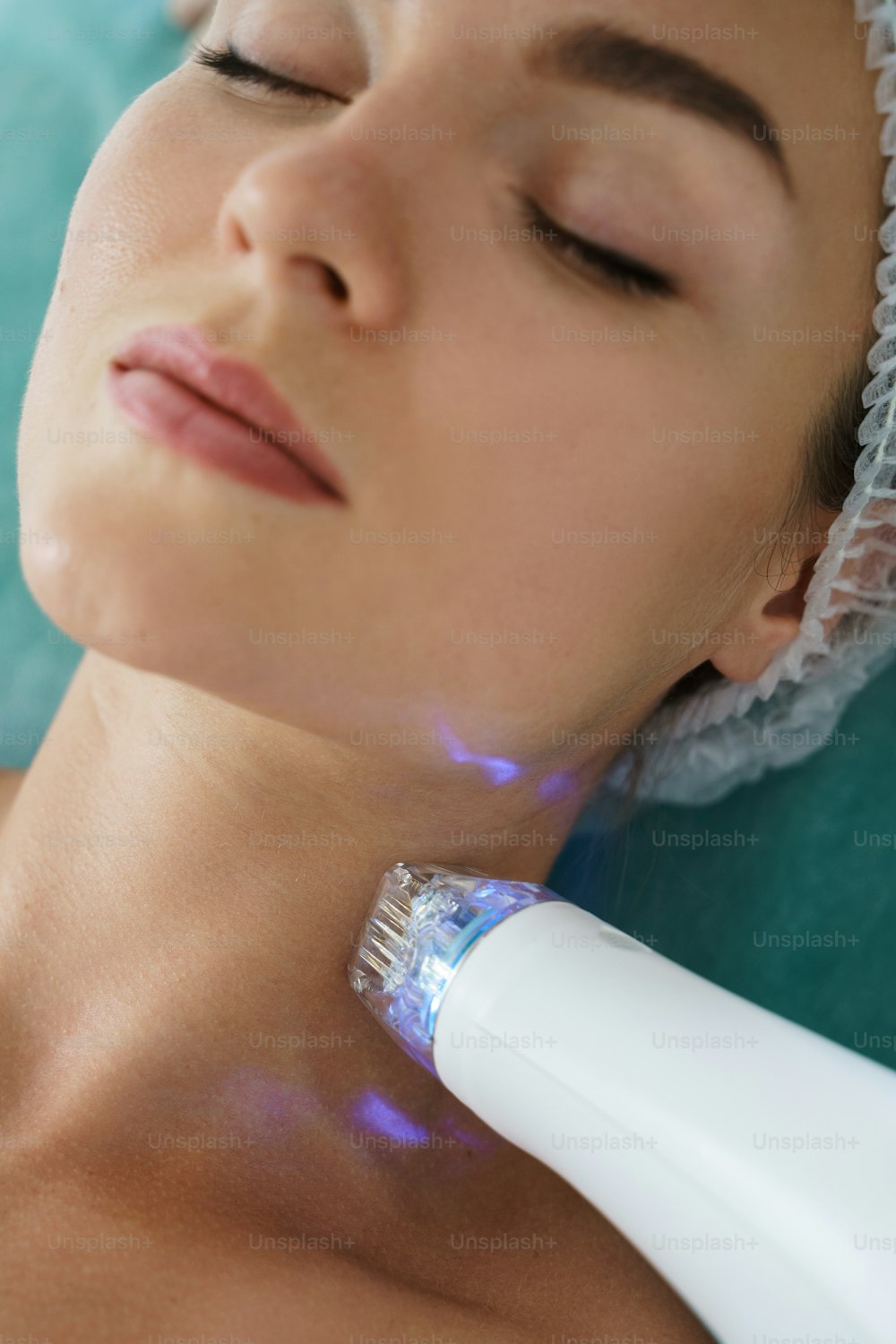

Skin is the most visible and vulnerable organ of our body. With age, sun exposure, and other factors, our skin may lose its firmness, leading to wrinkles and sagging. Are you among the many who are looking for a non-surgical method to tighten your skin? Radiofrequency (RF) skin tightening might be the answer.
This comprehensive guide aims to provide you with an in-depth understanding of RF skin tightening, its benefits, potential side effects, and more.
Understanding the Basics
Before we delve deep into RF skin tightening, it’s crucial to understand what it is and how it works.
What is Radiofrequency Skin Tightening?
RF skin tightening, also known as RF therapy, is a non-surgical method that involves using energy waves to heat the deep layer of your skin, known as the dermis. The heat stimulates the production of collagen, the most common protein in your body, which gives your skin its firmness.
As we age, our cells produce less collagen, which leads to sagging skin and wrinkles. Skin laxity usually begins around the age of 35 to 40 when the quantity and quality of your collagen start to decline.
RF therapy has been used since 2001 to combat sagging skin and signs of aging.
How Does it Work?
The first type of RF available for skin tightening was Thermalift, but now many companies offer similar technology, including Exilis, Profound RF, Thermage, and Thermi.
Each type of technology works in the same way. RF waves heat the deep layer of your skin to between 122 and 167 ° F (50–75°C).
Studies have found that maintaining a temperature over 115°F (46°C) for over 3 minutes causes your body to release heat-shock proteins. These proteins stimulate your body to create new collagen fibers.
The procedure usually takes less than an hour and should be nearly painless.
Radiofrequency Waves: What Are They?
RF waves are a form of radiation, the release of energy in the form of electromagnetic waves. Radiation can be classified as low energy or high energy depending on the amount of energy released. X-rays and gamma rays are examples of high energy radiation while RF waves are considered low energy.
Radio waves, WiFi, and microwaves are all forms of RF waves.
The form of radiation used in RF skin tightening releases about 1 billion times less energy than X-rays.
Potential Benefits of RF Therapy
The primary benefits of RF therapy involve tightening your skin and reducing wrinkles. However, it may also help combat sun damage due to its ability to stimulate the production of collagen.
Combating Sun Damage
Exposure to ultraviolet (UV) rays can cause the collagen fibers in your skin to break down and become disorganized.
Research has found that 3 months of RF treatment led to clinically significant improvements in people with mild to moderate signs of sun damage.
Body Contouring
RF therapy may help tighten loose skin on your body by stimulating the production of collagen.
A study found that 24 of the 25 people who underwent 5 to 8 sessions of RF therapy saw an improvement in their body shape. 23 people were satisfied with their results.
Face Contouring
One study looked at the effect of RF combined with pulsed electromagnetic treatment for 8 weeks. The researchers found significant improvement in facial skin laxity in all 11 participants, and 73 percent of them had improvements in facial contour.
Reducing Wrinkles and Fine Lines
A study looked at the effect of RF therapy on wrinkles around the eyes of 70 middle-aged women. The researchers found that three treatments over 6 weeks significantly reduced their wrinkles.
Slimming the Face
RF treatment has the potential to be used as a nonsurgical method of slimming your face. A study looked at the effect of using RF therapy to break down fat in the lower face of 14 middle-aged Asian women. After 5 weeks, more than 90 percent of the women had a reduction in fat, and 60 percent were satisfied or very satisfied with their results.
The only side effect observed was mild redness several hours after the procedure.
Dangers of Radiofrequency Skin Tightening
RF skin tightening is generally considered safe when performed by a surgeon certified with the American Board of Cosmetic Surgery. However, if the procedure is incorrectly performed, it’s possible to get burned.
The most common side effects include temporary swelling, redness, and tingling. People with darker skin are at a higher risk of side effects from laser and RF treatments.
Although the long-term effects of low energy radiation aren’t entirely known, there hasn’t been any conclusive evidence at this time that suggests that RF radiation poses a health risk to people.
Before and After RF Skin Tightening
The results of RF skin tightening can vary from person to person. However, most people experience significant improvements in the firmness and smoothness of their skin.
At-Home RF Skin Tightening
Several companies offer home-use RF therapy devices. There’s evidence that at least some machines may be effective for treating sagging skin and wrinkles.
A study examined the effectiveness of 6 weeks of RF treatment using a home-use device for eye wrinkles. Almost all of the 33 participants saw improvements with no side effects reported.
Cost of RF Skin Tightening
The price of RF therapy can vary depending on what part of your body you’re getting treated and where you live. The price is generally between $1,000 to $4,000. Skin tightening is usually considered cosmetic and isn’t covered by most insurance providers.
Finding a Provider
When looking for a provider for RF therapy, you should look for somebody certified by the American Board of Cosmetic Surgery. You can use the Find a Cosmetic Surgeon tool from their website to find one near you.
The Takeaway
As you age, the quantity and quality of collagen fibers in your skin decline. RF therapy uses low energy radiation to heat the deep layer of your skin called the dermis. This heat stimulates the production of collagen to help improve signs of wrinkles and sagging skin. Research has found that RF therapy is usually safe and can be effective at treating mild or moderate signs of aging.
